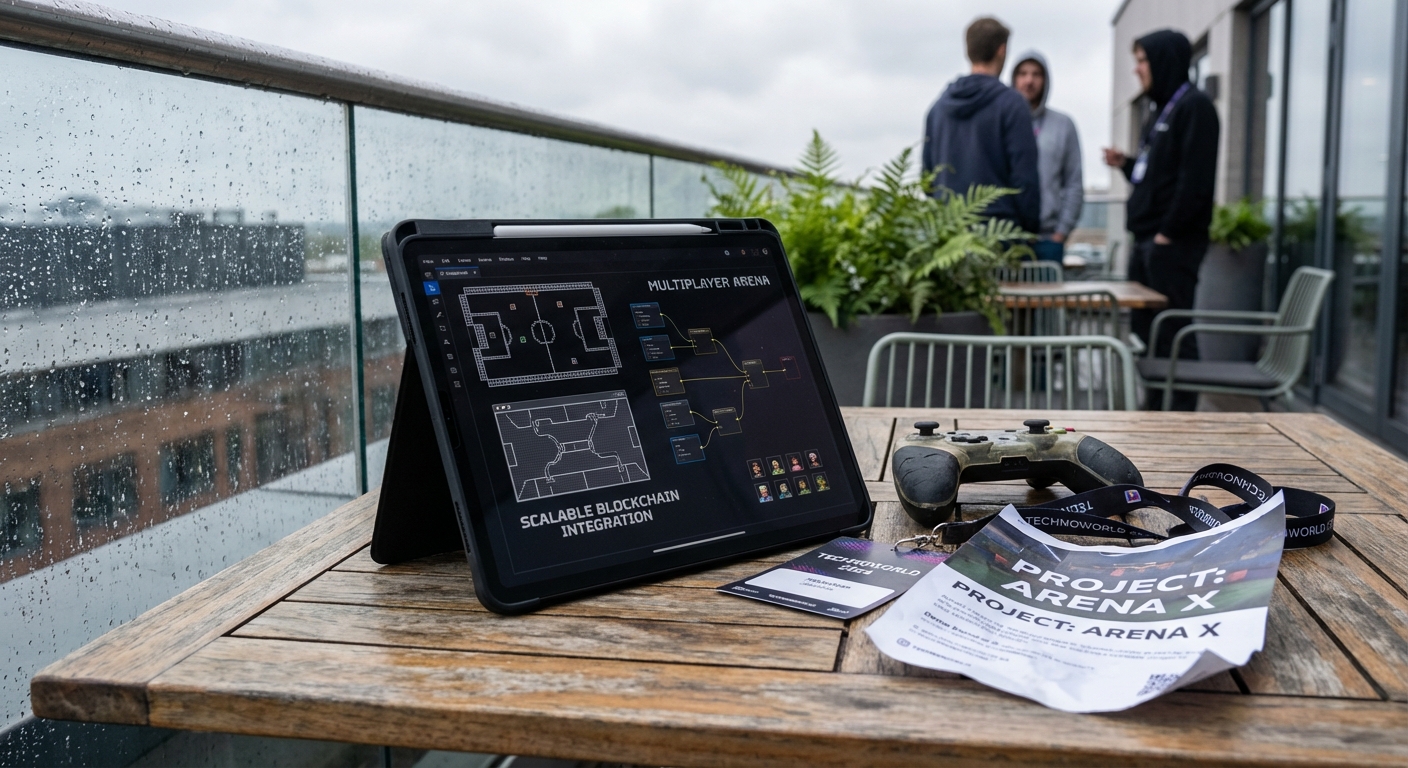How Community Engagement Drives Success in Fully On-Chain Games
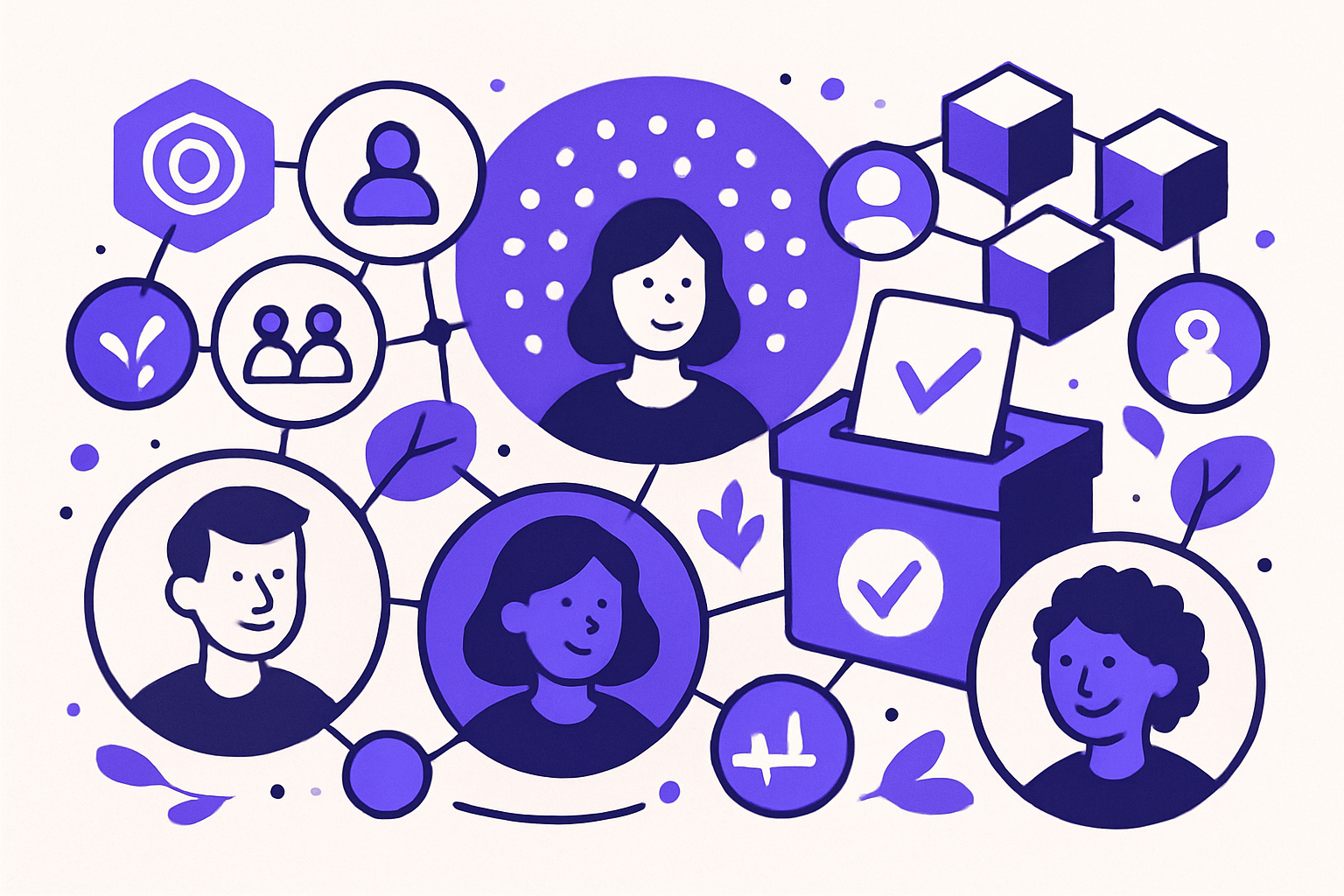
Community engagement has emerged as the defining catalyst for the success of fully on-chain games. Unlike traditional gaming ecosystems, where player influence is often limited to feedback forums or occasional surveys, on-chain games built with frameworks like MUD and Dojo put players at the center of governance, content creation, and economic activity. This participatory model not only fuels sustained interest but also transforms the player base into active stakeholders, directly shaping the evolution and sustainability of the game.

Decentralized Governance: Empowering Players as Stakeholders
At the heart of community engagement in fully on-chain games is decentralized governance. By leveraging blockchain technology, these games allow players to propose, debate, and vote on key decisions, ranging from game balance changes to the allocation of development resources. This approach is evident in platforms like Landlord, which prioritize community involvement and give players a tangible stake in the game’s trajectory (source).
Player voting in blockchain gaming goes beyond mere token holding. Mechanisms such as quadratic voting or delegated governance ensure that influence is distributed more equitably, reducing the risk of plutocracy and promoting a sense of fairness among participants. This not only increases transparency but also fosters long-term loyalty, as players feel their voices are genuinely heard and acted upon.
User-Generated Content: Fueling Creativity and Retention
Fully on-chain games thrive on user-generated content (UGC), which can include custom quests, asset designs, lore expansions, and even entirely new game modes. By providing robust tools and incentives for player creativity, these games cultivate a dynamic environment where the boundaries of the game world are continually expanded by its own community (source).
This model extends the lifespan of on-chain games far beyond what is typical for traditional titles. As new content is introduced organically by the community, there is a constant influx of fresh experiences, making it easier to attract and retain players. Moreover, creators are often rewarded with tokens or a share of in-game revenue, further aligning incentives and deepening engagement.
How User-Generated Content Boosts Player Retention
-
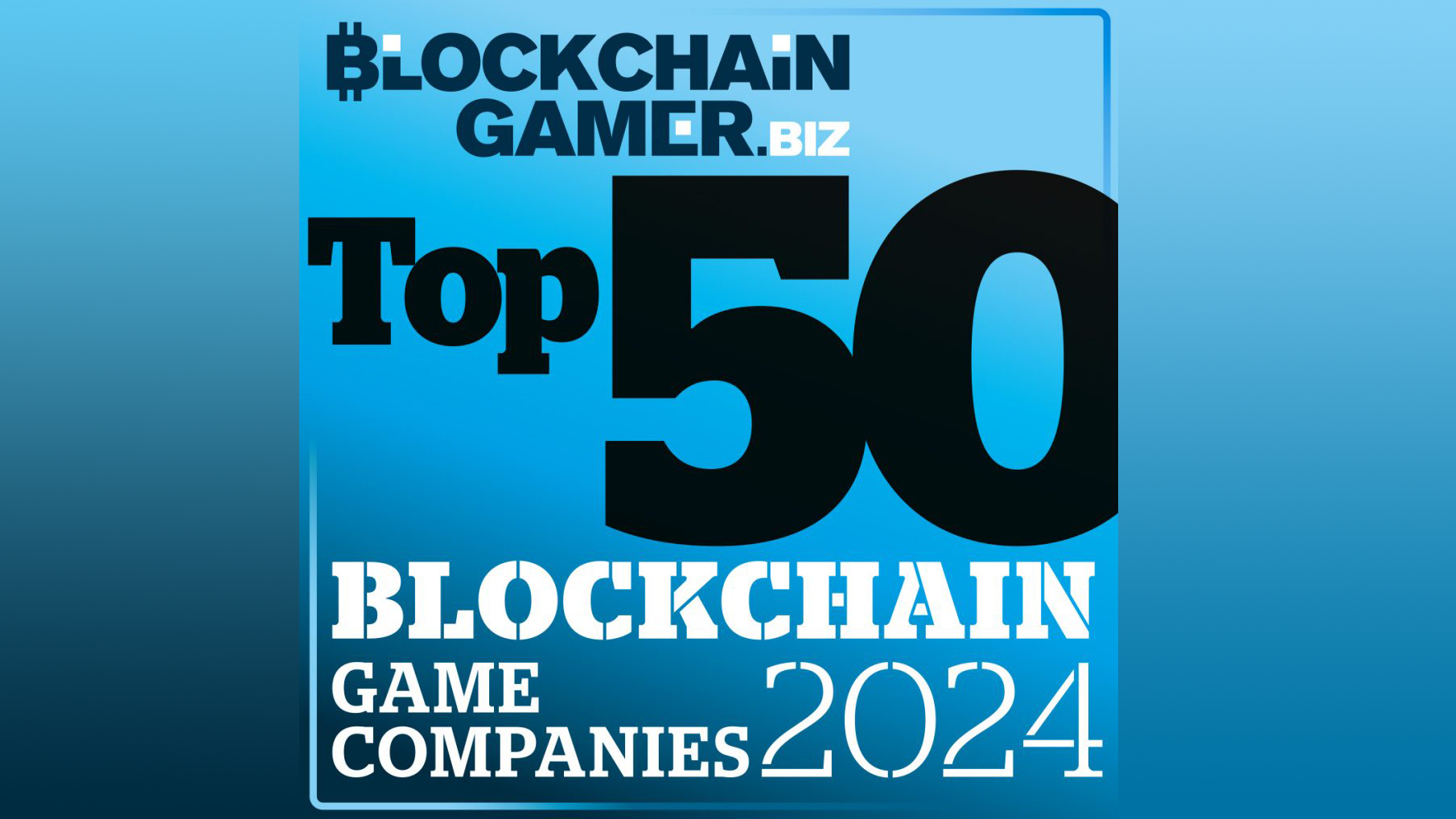
Empowering Player Creativity: Fully on-chain games like Landlord enable players to design, trade, and implement in-game assets or experiences. This creative freedom fosters a personal connection to the game, increasing the likelihood that players will return to see how their contributions evolve within the ecosystem.
-
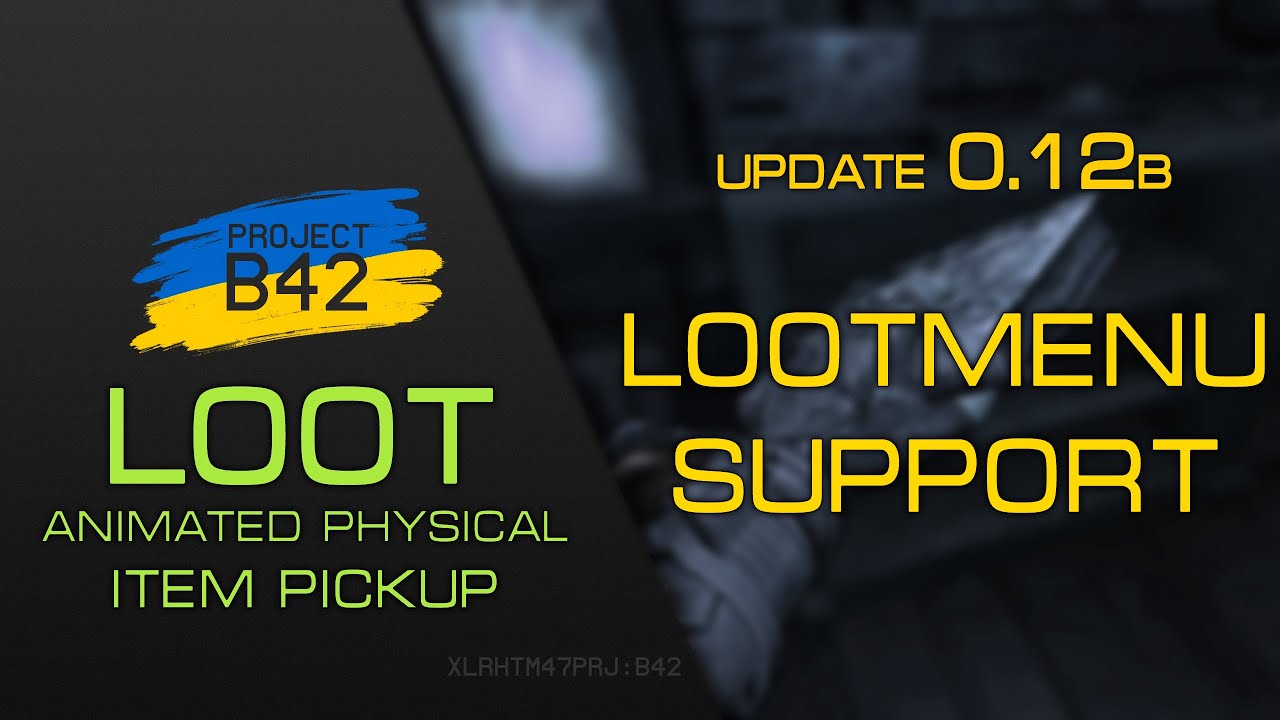
Expanding Game Worlds with Community Mods: Platforms such as Loot (for Adventurers) encourage players to build new quests, characters, and lore. This continuous influx of fresh content keeps gameplay dynamic and ensures that the world feels alive and ever-changing, which is key to long-term retention.
-
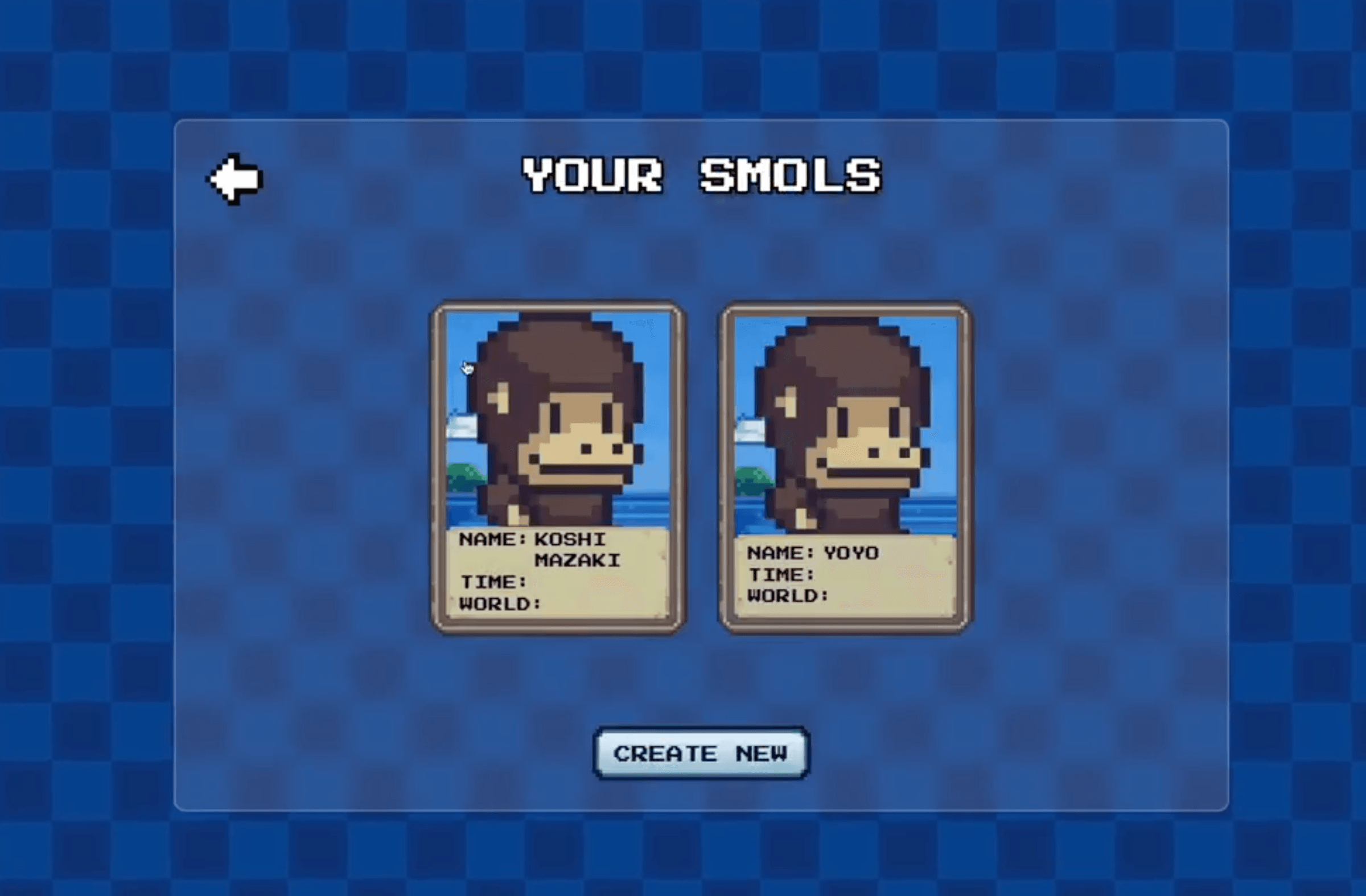
Decentralized Governance and Content Curation: On-chain games often use DAOs (Decentralized Autonomous Organizations), like those seen in Treasure DAO, to allow players to vote on which user-generated content is featured. This participatory model gives players a stake in the game’s direction, increasing their engagement and loyalty.
-
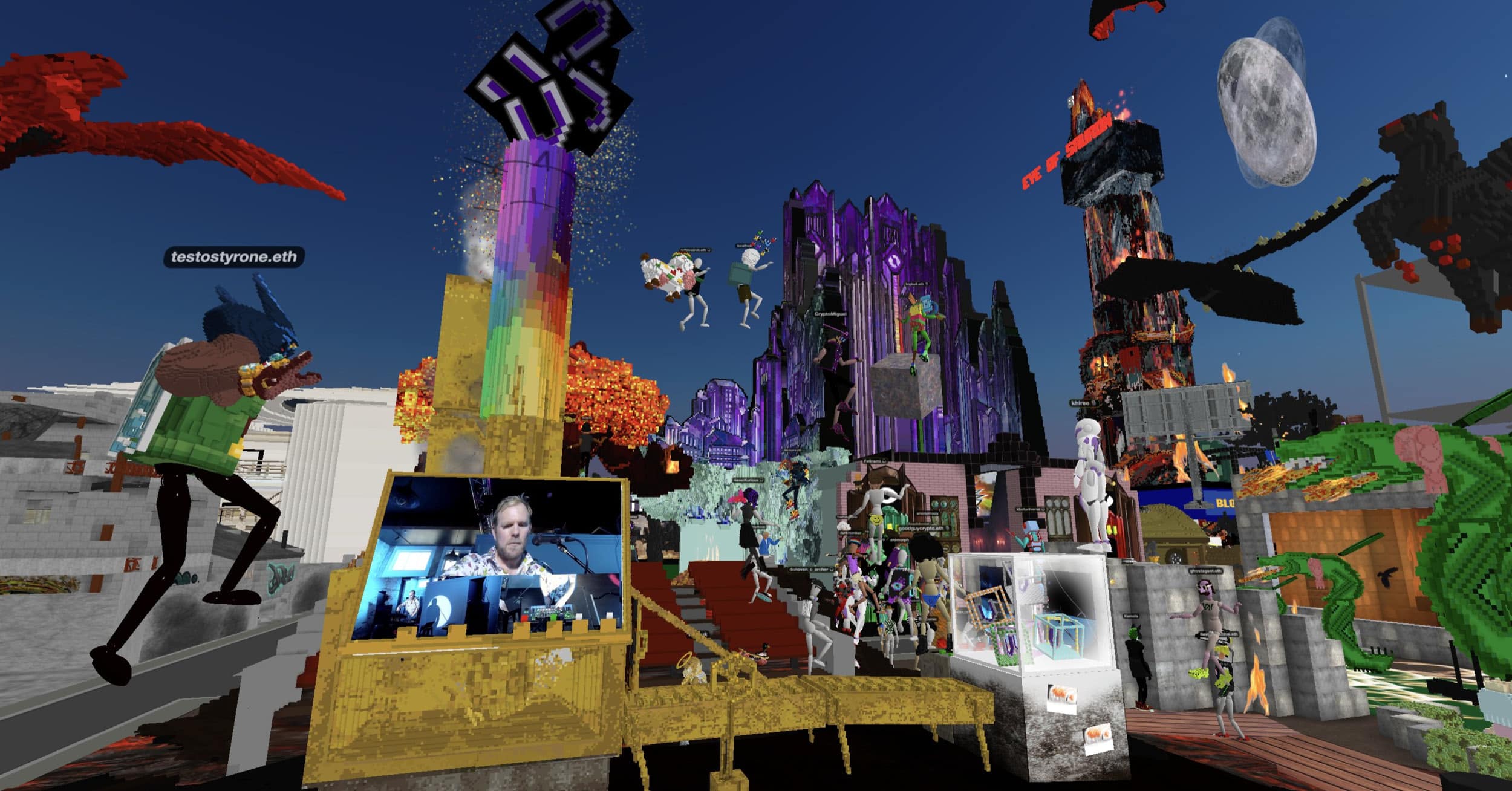
Social Recognition and Reputation Systems: Games such as Voxels (formerly CryptoVoxels) reward active creators with badges, leaderboards, or in-game status. Recognition for contributions motivates players to keep producing content and stay involved in the community.
-
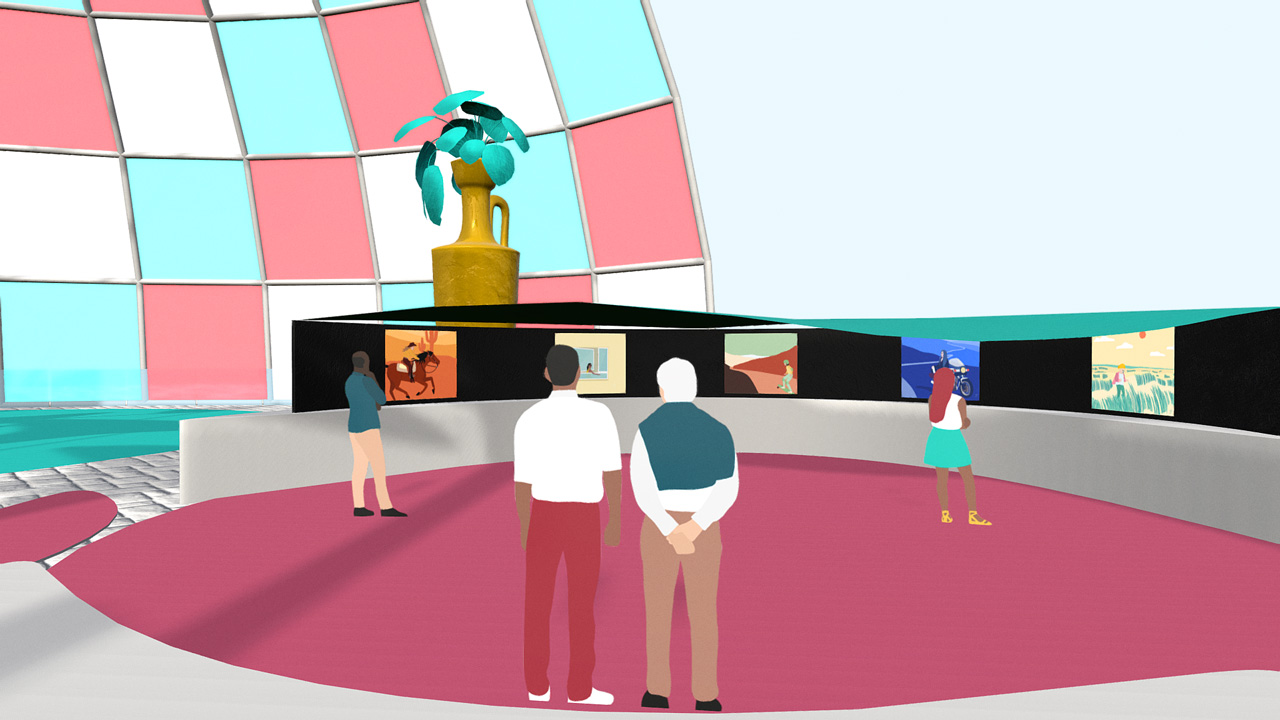
Player-Driven Economies: Fully on-chain titles like Decentraland allow users to monetize their creations through NFT marketplaces. The ability to earn real value from user-generated content incentivizes ongoing participation and investment in the game’s ecosystem.
Social Features and Gamification: Building Cohesion and Motivation
On-chain games integrate advanced social features and gamification mechanics that go far beyond simple leaderboards. Players are encouraged to team up for on-chain game quests, share achievements across decentralized networks, and participate in group competitions. This not only builds camaraderie but also creates a healthy, competitive spirit that keeps the community vibrant.
Gamification strategies, such as daily challenges, collectible NFTs, and tiered rewards, are meticulously designed to motivate participation and encourage loyalty. For example, completing specific in-game tasks or providing feedback can earn players exclusive badges or governance rights, reinforcing a positive feedback loop between activity and recognition (source).
Transparent communication between developers and players is another pillar of community engagement on-chain games cannot afford to overlook. Open channels, whether through Discord, governance forums, or on-chain messaging, help build trust and ensure alignment between project teams and their most dedicated users. Timely updates, clear roadmaps, and respectful handling of disputes signal that the community’s input is both valued and impactful. This transparency not only prevents misunderstandings but also fosters a collaborative culture where feedback becomes a tool for continuous improvement.
Economic Participation: Aligning Incentives through On-Chain Economies
The decentralized economies at the heart of fully on-chain games represent a fundamental shift from the walled gardens of Web2 gaming. Here, players are not just consumers, they are builders, traders, and even policymakers in robust token-driven ecosystems. Every asset, from rare items to land plots, exists as an on-chain NFT or fungible token, tradable on open markets and governed by smart contracts.
This level of economic participation creates powerful incentives for engagement. When players know their contributions, whether creative, strategic, or economic, have real value both within and outside the game world, their investment deepens. It’s also common for games to distribute a portion of protocol revenue or governance tokens to active contributors, further blurring the line between player and stakeholder (source).
Sustaining Growth: The Virtuous Cycle of Engagement
When executed well, these engagement strategies form a virtuous cycle: active communities generate content and feedback that improves the game; improved gameplay attracts new participants; new participants bring fresh perspectives, and so the ecosystem flourishes. Data from recent launches built with MUD and Dojo frameworks show that community-led initiatives often outperform top-down feature releases in terms of retention and daily active users.
As fully on-chain games continue to evolve, expect to see even more sophisticated mechanisms for player voting blockchain gaming projects can adopt, ranging from dynamic quest creation to real-time feedback loops that directly influence live game parameters. The result? A resilient ecosystem where success is shared by all stakeholders.
The future will belong to those platforms that treat their communities not as mere audiences but as true partners in creation. By doubling down on transparency, economic empowerment, and participatory design, fully on-chain games can set new standards for what it means to play, and build, in Web3.







